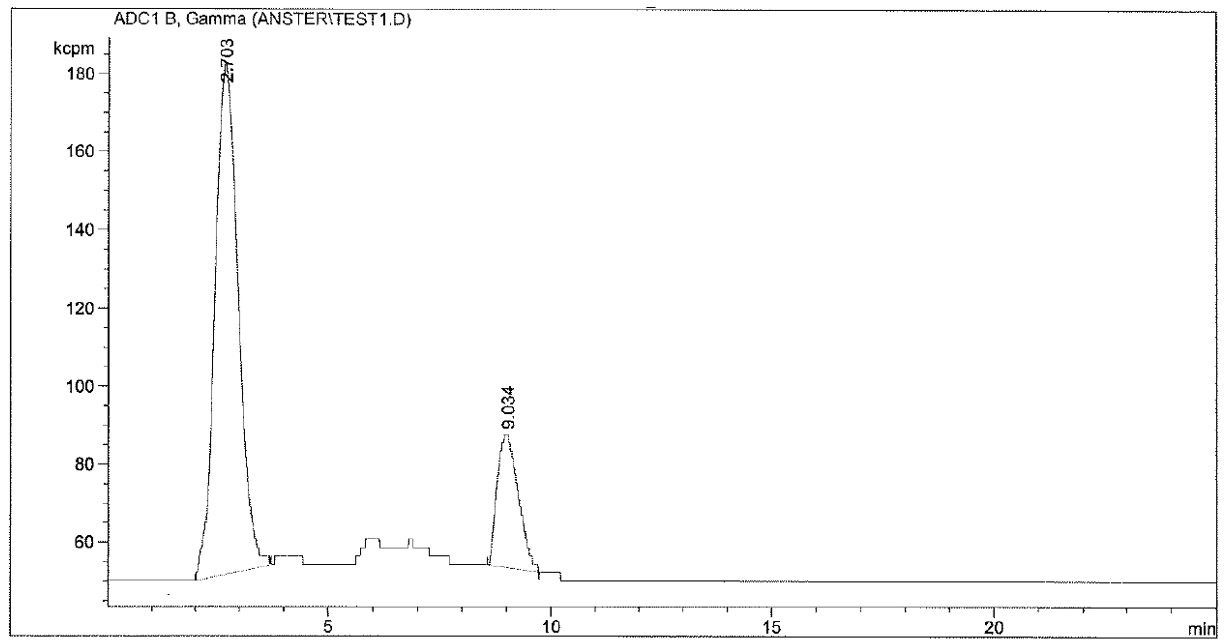Error loading player: No playable sources found
3549382
Production of high specific activity rhenium-186 via the 186W(d,2n)186Re nuclear reaction using pressed tungsten-186 metal targets and evaluation of separation methods
Date
April 7, 2021
Related Products
Separation of radiolanthanides using advanced liquid-liquid extraction techniques
One area of radiopharmaceutical research is the production of high specific activity theranostic radionuclides due to their potential to advance personalized medicine…
Production of high specific activity rhenium radioisotopes for radiotherapeutic applications
Therapeutic radioisotope demand has increased due to growing successes with therapeutic radiopharmaceuticals in the clinic…
Evaluation of alpha irradiation of [153Eu]Eu2O3 and [155Gd]Gd2O3 targets for producing high specific activity 155Tb
Several terbium (Tb) radioisotopes hold high promise for the development of theranostic agents due to their diagnostic and therapeutic emissions. Those radioisotopes include 149Tb, 152Tb, 155Tb, and 161Tb…
Investigation of a new resin for development of 72Se/72As radioisotope generator
Arsenic-77 (t1/2 = 38.8 h; Eβ-max = 0.683 MeV) and 72As (t1/2 = 26.0 h; Eβ+max = 3.334 MeV) are radioisotopes that can be used as a theranostic matched pair. Arsenic-72 is the decay product of 72Se (t1/2 = 8.4 d; ε = 100%) and forms the basis of a potential 72Se/72As generator…

 4- at 2.7 minutes (20-80 % H2O/MeCN in 20 minutes."/>
4- at 2.7 minutes (20-80 % H2O/MeCN in 20 minutes."/>
